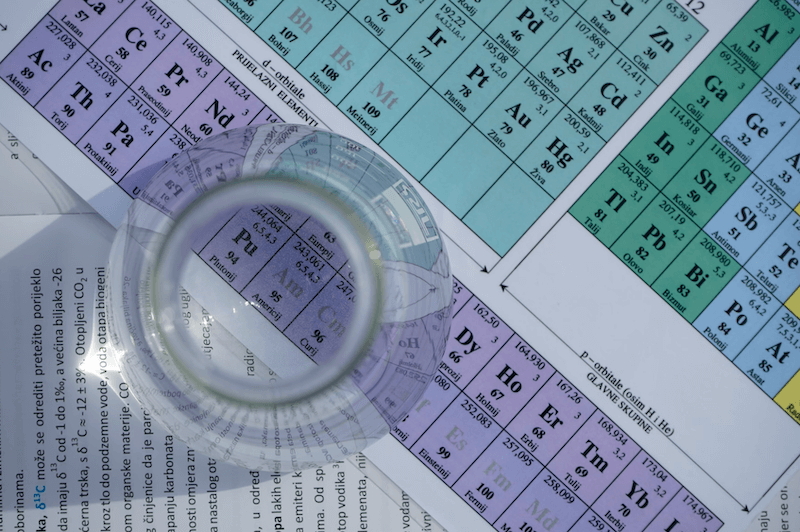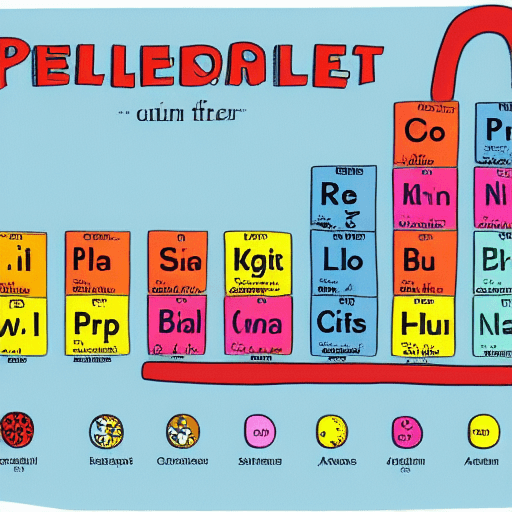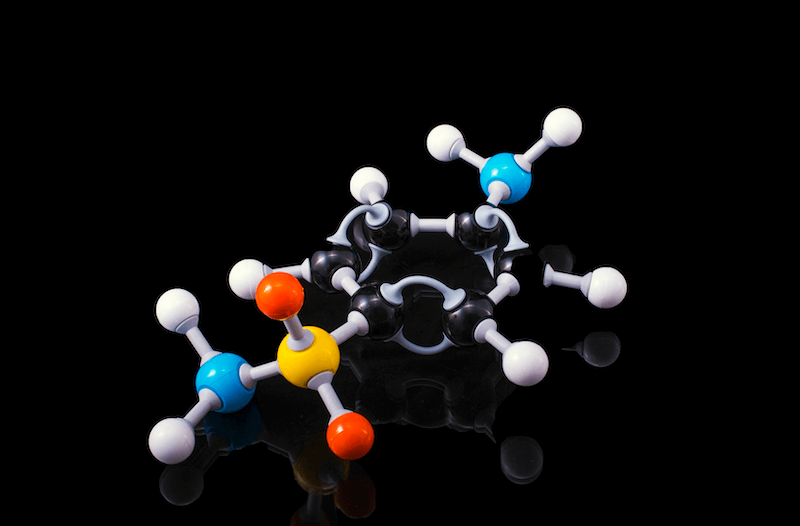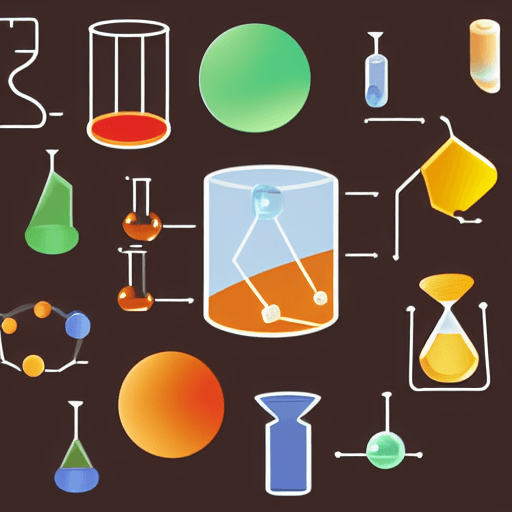What are the first 30 elements of the periodic table?
Let’s review the Periodic Table of Elements and go through the first 30 elements.
Each element has its own unique properties and uses in the world.
Let’s take a closer look at each one!

The first 30 elements of the periodic table: Hydrogen, Helium, Lithium, Beryllium, Boron, Carbon, Nitrogen, Oxygen, Fluorine, Neon, Sodium, Magnesium, Aluminium, Silicon, Phosphorus, Sulphur, Chlorine, Argon, Potassium, Calcium, Scandium, Titanium, Vanadium, Chromium, Manganese, Iron, Cobalt, Nickel, Copper and Zinc.
Explain It To A Child
The periodic table is a chart that organizes the elements by their atomic number. The first 30 elements are hydrogen, helium, lithium, beryllium, boron, carbon, nitrogen, oxygen, fluorine, neon, sodium, magnesium, aluminum, silicon, and phosphorus. Sulfur, chlorine, argon, potassium, calcium, scandium, titanium, vanadium chromium, manganese, iron, cobalt, nickel, and copper.
What are the first 30 elements of the periodic table and their symbols?
The periodic table is a chart that organizes the elements by their atomic structure.
The first 30 elements are:
- hydrogen
- helium
- lithium
- beryllium
- boron
- carbon
- nitrogen
- oxygen
- fluorine
- neon
- sodium
- magnesium
- aluminum
- silicon
- phosphorus
- sulfur
- chlorine
- argon
- potassium
- calcium
- scandium
- titanium
- vanadium
- chromium
- manganese
- iron
- cobalt
- nickel
- copper
The symbols are H for hydrogen; He for helium; Li for lithium; Be for beryllium; B for boron; C for carbon; N for nitrogen; O for oxygen; F for fluorine; Ne for neon; Na for sodium; Mg for magnesium; Al for aluminum; Si for silicon; P for phosphorus; S for sulfur; Cl for chlorine; Ar for argon and so on.
A periodic table is a helpful tool for chemists because it shows the elements’ similarities and differences. For example, all of the elements in Group 1 have one valence electron.
This means that they are all highly reactive and tend to form compounds with other elements.
The elements in Group 2 have two valence electrons and so on.
What is the significance of the first 30 elements concerning the table?

The significance of the first 30 elements on the periodic table is that they are the most stable.
The stability of an element is determined by its atomic number, which is the number of protons in the nucleus.
The higher the atomic number, the more unstable the element.
The first 30 elements have relatively low atomic numbers and are therefore more stable than other elements.
This stability makes them ideal for use in a variety of applications, such as construction and manufacturing.
In addition, these elements are less likely to undergo radioactive decay, making them safe for use in many settings. As a result, the first 30 elements on the periodic table play a vital role in a wide range of industries and applications.
Thus, the periodic table is a valuable resource for anyone who wants to learn about the chemical properties of the elements.
By using one or more of these methods, you should be able to find the information you are looking for.
What are the uses of the first 30 elements of the periodic table?

The first 30 elements of the periodic table are essential for life and play a variety of roles in the world around us.
- For example, hydrogen is the most abundant element in the universe and makes up stars, while oxygen is vital for breathing and carbon is the building block of all organic life.
- Other elements in this group include iron, which is critical for blood production; calcium, which helps to build strong bones; and sodium, which is essential for nerve function.
In addition to their roles in the natural world, these elements are also used extensively in industry.
For example, chlorine is used to purify drinking water; silicon is used to make computer chips, and magnesium is used in aircraft construction.
As this list demonstrates, the first 30 elements of the periodic table are essential for both life and industry.
What are some common properties of the first 30 elements in the periodic table?

The first 30 elements in the periodic table have a number of common properties.
For example, they are all metals, with the exception of hydrogen. They also all have relatively low atomic numbers, which means that they have relatively few protons in their nucleus.
This results in a number of properties, including high melting and boiling points and high densities.
Additionally, these elements tend to be very reactive, due to the fact that they have relatively few electrons in their outermost energy level.
As a result, they often form compounds with other elements. All of these properties make the first 30 elements essential for a variety of industrial and technological applications.
How do you find information about each element on the periodic table?
There are a few ways that you can go about finding information about each element on the periodic table.
- One way is to use an online search engine such as Google, and type in the name of the element along with the word “periodic table”.
- Another way to find information is to use a periodic table chart which can be found in many science textbooks.
- Once you have found the element on the chart, there will usually be a small amount of information listed next to it.
- Finally, another option is to visit your local library and look for books that contain comprehensive information about the periodic table.
Article Sources
Jacks of Science sources the most authoritative, trustworthy, and highly recognized institutions for our article research. Learn more about our Editorial Teams process and diligence in verifying the accuracy of every article we publish.